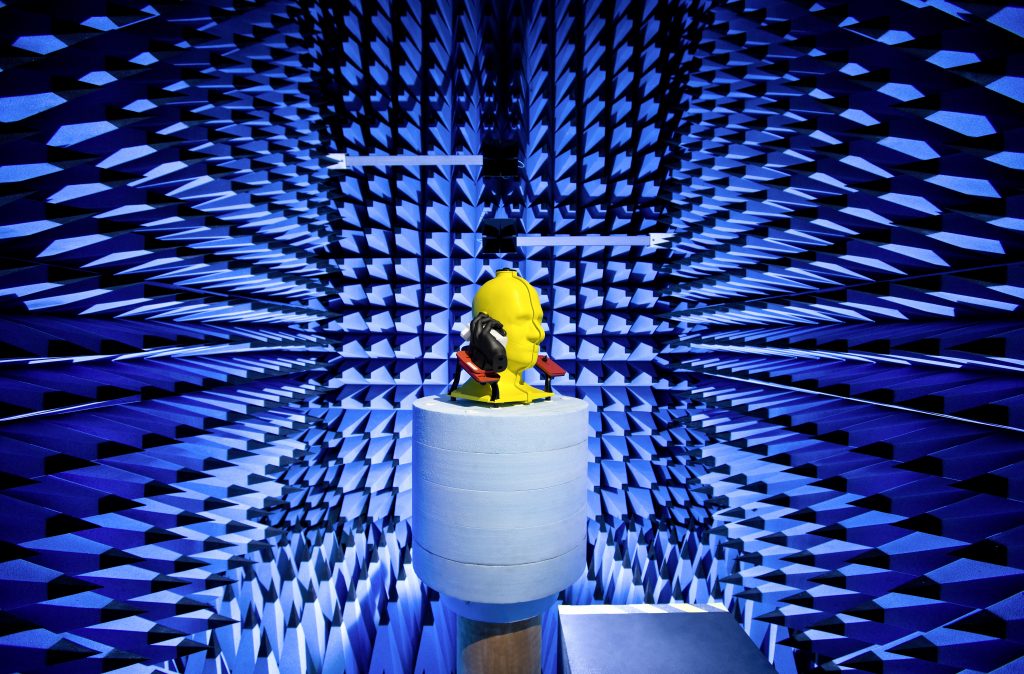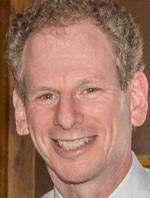By Senior Technical Editor, Kenneth Wyatt.
This interview was conducted on Dec 9th, 2015 in anticipation of the upcoming Troubleshooting EMI with Lee Hill: Identify, Characterize, and Prevent Interference Problems Seminar Tour hosted by Rohde & Schwarz and Interference Technology.
The tour is running from March 10-24, 2016 in five different cities – Austin, TX; Irvine, CA; Milpitas, CA; Livonia, MI; and Chelmsford, MA. Attendance for the seminar is free, and engineers can reserve a place now by signing up online here. Contact emily.webster@rsa.rohde-schwarz.com with any questions.


Kenneth Wyatt: What changes in technology are driving today’s EMC issues?
Lee Hill: One observation is that it’s easier for cheaper, smaller things to run fast. The other is that more products are networked or incorporating wireless technologies. An example is home exercise equipment – in the past these devices were purely mechanical. Today, exercise equipment you bring into your home is now loaded with electronics, variable speed motor drives, networking capability, and even video and audio entertainment. Many low-end appliances are full of high-speed stuff.
There’s also such a high-level integration of silicon. Single ICs can contain high-speed video, Wi-Fi, RFID, etc., all in the silicon. Other products I’ve worked on include drones and all the remote control aspects of real-time flight. Wireless self-interference (digital noise reducing on-board receiver sensitivity) has also been more of an issue.
There’s been a revolution in silicon design and simulation for EMC outside the U.S. – especially in vehicular design. I think the silicon has gotten so much better that system-level radiated emissions, radiated immunity, and ESD have improved dramatically over the years.
KW: What do you find are the top product design issues that are experienced?
LH: The top design issues really depend on who you’re talking to. IC manufacturers might say a different set of problems is their main EMC nemesis.
In the area of EMC, the common problem is a lack of understanding of EMC engineering fundamentals – for example, identifying dipole antennas (antenna structures that can radiate) and coupling paths. Generally, engineers can identify the source and victim, but they have no clue where to go from there.
KW: About the Troubleshooting EMI Seminar with Lee Hill sponsored by Rohde & Schwarz, I think it’s great you’ll be presenting in so many cities around the U.S. It seems you’ll be hitting some of the top tech areas on both coasts and in the Midwest.
LH: Looking forward to it! (Tour dates will take place in Austin, TX; Irvine, CA; Milpitas, CA; Livonia, MI; and Chelmsford, MA.)
KW: Why is Rohde & Schwarz doing this now?
LH: That’s a great question, and I have asked Faride Akretch, Segment Marketing Manager of Rohde & Schwarz, to respond:
Faride Akretch: We want to provide value to our customers. We do this through designing compelling products that are easy to use. We also provide application notes, white papers, in-house and public customer trainings, and seminars including participation in EMC Live hosted by Interference Technology. We’ve identified a real need for an increased focus on EMC, as well as EMC pre-compliance. It seems EMC failures have been more difficult to understand for our customers and they want to dig deeper into why EMC issues are occurring.
KW: One more question for Faride Akretch. Are there changes in measurement technology that is driving this Troubleshooting EMI Seminar with Lee Hill?
FA: We’ll be highlighting the newer real-time tools as a major part of the seminar content, because it’s easier to observe and troubleshoot EMC issues. We’ll also be including probing solutions and how to approach testing and EMC pre-compliance tests.
KW: And now Lee Hill, while many of the EMC compliance tests continue to specify a standard EMI receiver or swept spectrum analyzer as dictated by the standards, real time analysis has become much more affordable. Will you be incorporating some of this newer measurement technology in your presentations?
LH: Yes, we’ll be demonstrating how to use real-time spectrum analysis to help identify issues that otherwise would be completely hidden.
KW: So, why should product designers attend these seminars? Why is this subject important?
LH: Some of the important takeaways would include discovering tools they were unaware that existed, learn why these tools are so incredible and useful, learn how to use them, and to have fun watching them be used.
KW: Finally, I know courses include lots of real-time demonstrations. Will you be able to do the same for this seminar?
LH: The seminar will contain live demonstrations (not prerecorded video) of EMC measurements and troubleshooting ideas using measurement tools and real-life products that are familiar to EMC engineers and representative of commonly encountered noise problems in industry.
Registration for this free seminar is open now. For more information and to register for a date, click here.

Lee Hill is an industry expert in electromagnetic compatibility and founding partner of SILENT Solutions LLC, an EMC and RF design firm established in 1992. Lee provides EMC troubleshooting services, design reviews, and training to a wide variety of industries nationally and around the world and also is a member of the adjunct faculty at Worcester Polytechnic Institute (WPI) where he teaches graduate-level classes in EMC. Lee also teaches at the University of Oxford (England), and for the IEEE EMC Society’s annual Global University and EMC Fundamentals program. He earned his MSEE in electromagnetics from the Missouri University of Science and Technology EMC Laboratory.






